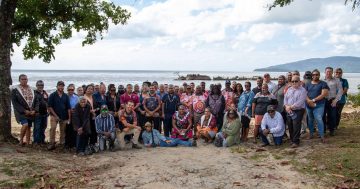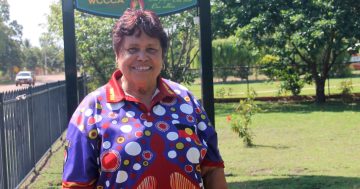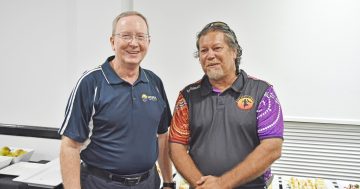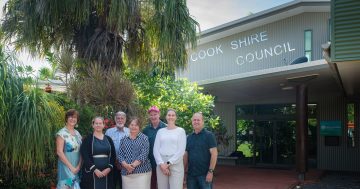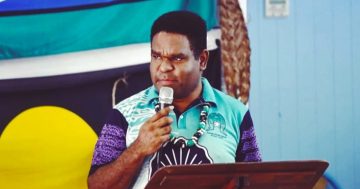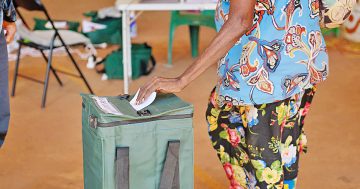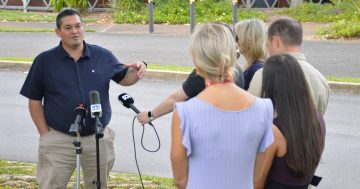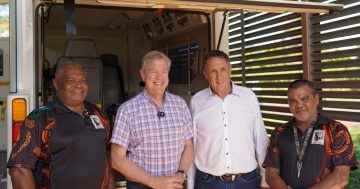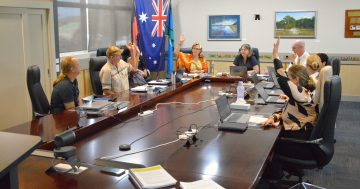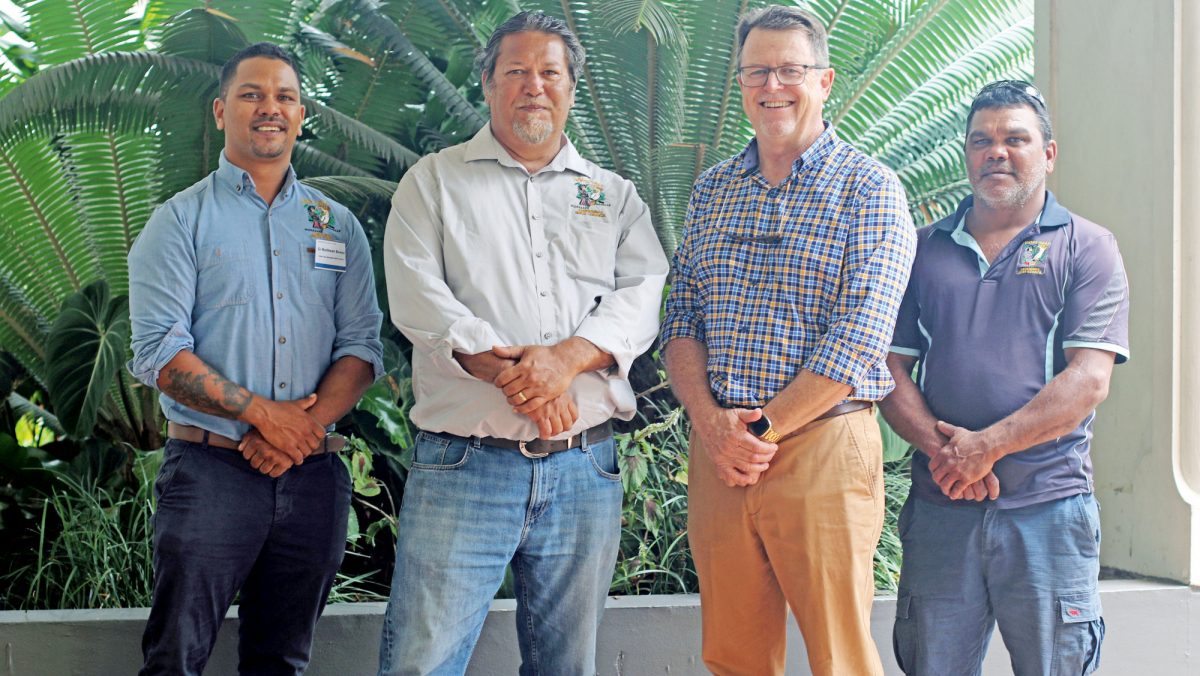
Hope Vale councillor Keithean Bowen, mayor Jason Woibo, CEO Steve Linnane and councillor Barry Bowen at the LGAQ conference held in Cairns last week.
JUGGLING Cape York’s immediate housing crisis with creating long-term solutions leaves Hope Vale mayor Jason Woibo shaking his head.
“We’ve got houses where there are about 20 people living in a three-bedroom house,” the father of four said in Cairns last week.
“There are mattresses on the floors, kids that don’t go to school. They need an education.”
Last week, around 200 stakeholders met for Premier Annastacia Palaszczuk’s emergency housing summit in Brisbane as Queensland’s homelessness crisis spirals out of control.
The Premier said no solutions were off the table.
“Nothing horrifies me more than the stories we’ve all heard recently of people and families unable to put a roof over their heads,” Ms Palaszczuk said.
“Living in tents or cars, sleeping rough, relying on friends and families for beds.”
But while housing pressure is a relatively new problem for many Queensland communities, the issue has plagued the Cape for decades.
“It’s the same for us as everywhere else,” Cr Woibo said of other remote communities.
“We’ve all got overcrowding issues. There are people who’ve been on wait lists for years. We need more funding to get houses into our community.”
To ease the problem, Hope Vale’s council has helped build granny flats on some properties.
But the state and federal government must help, too.
“We probably need around 153 more bedrooms,” Cr Woibo said.
“That’s about 50 or 60 houses and Hope Vale’s only getting bigger. There’s also those living outside of the community waiting to return home.”
Along with remote First Nations mayors from across Queensland, Cr Woibo attended an Indigenous Leaders Forum in Cairns last week.
“The ILF is important because it brings all the councils together,” he said.
“If you’re just a little council going up against the big beast you get nowhere.
“We need to show a united front. That way you can have a greater say and we can advocate for communities together.”


